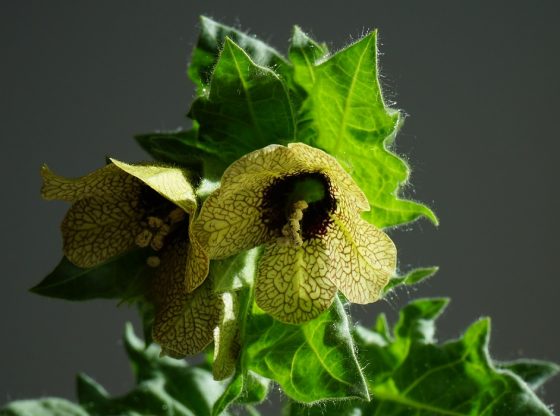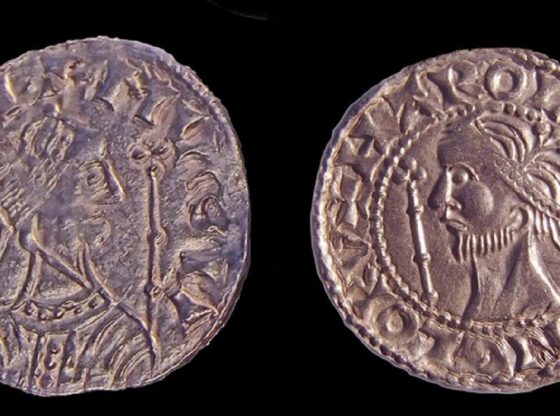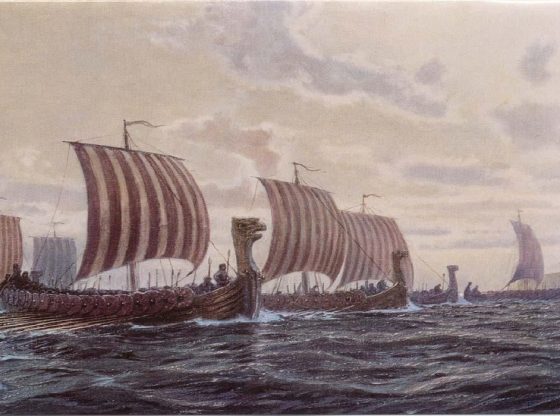Our perception of sword and ax swinging Vikings, storming on shore, may have to be slightly updated by the Viking chiefs who stroll around with richly ornamented swords – for looks.
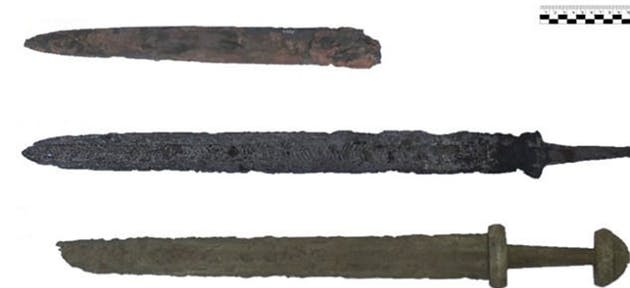
High-tech analysis of three swords from the National Museum in Denmark shows that the weapons have been processed by pattern-welding. This type of welding gives the blade beautiful patterns, but also weak blades.
The three Viking swords were analyzed using neutron tomography. The tomographer examines the metal using neutrons and penetrates further into the structure of the blades than, for example, x-rays. This way, the technology can reveal more details about the structure of the sword and how it was processed.
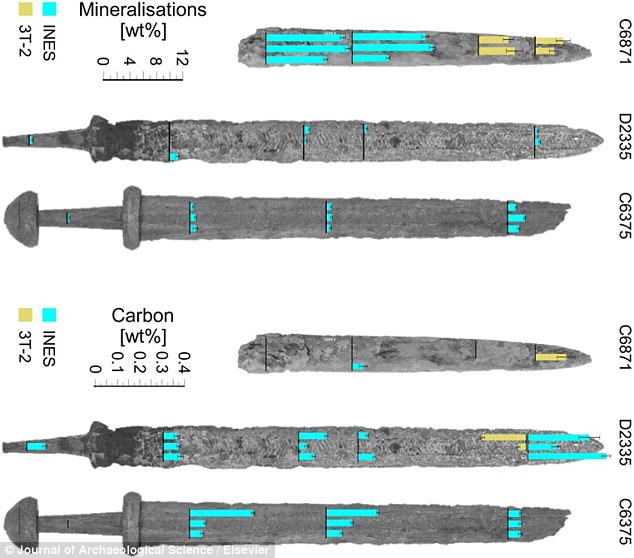
The three Viking swords were shown to be made using pattern-welding resulting in a so-called damask surface. Which means that the smithy used thin slices of different types of iron and steel. The metal has been weighed, twisted and twisted to achieve artificial patterns in the blade.
This process makes the weapon considerably weaker. Swords made for combat have hard steel edges and an iron core – making it able to absorb impacts. Much time was required and a skilled smith to make the artificial blades, which would have been expensive and they can, therefore, be associated with high status.
The researchers behind the study believe that the Viking decorative sword could reflect a development during the Viking era when the sword went from being merely a weapon of struggle to being an important power symbol for the elite. Put simply, decorative swords gave high status
The three investigated swords are from the 800s or 900s and come from central Jutland in Denmark.
Reference:
Anna Fedrigo, Francesco Grazzib, Alan R. Williams et al. Extraction of archaeological information from metallic artefacts—A neutron diffraction study on Viking swords https://doi.org/10.1016/j.jasrep.2017.02.014




